The cobbler part isn’t quite visible there under the small mountain of whipped cream. But it’s there. And the cream – well, it’s enhanced with some peach brandy. For me, though, it was the almond flavoring in the peach part that just “made” this.
The other day I asked my DH, on one of his trips to Costco, if he’d try to find a box of the I AM RIPE brand of peaches. Since peaches are officially in season, I hoped they’d have some, as I’ve been very, very happy with the taste of them the last two summers. Indeed, they did, and 2 days later those peaches were at their peak of ripeness. Last summer I made a great peach crisp. And I could have used that recipe again, but after reading something about this one online somewhere, I had decided I wanted to try it because of the almond flavoring in it. This one is from the Silver Palate Cookbook 25th Anniversary Edition’>Silver Palate Cookbook, one of my old standby favorite cookbooks. I’d never made this version. In fact, I’d never even looked at the recipe, I don’t think.
This version uses one of the techniques I like with peaches – baking the peach portion for awhile before adding the biscuit/cobbler part. The sliced peaches are combined in a greased baking dish (don’t use the juices you’ll make while you’re peeling and slicing them – they will create enough juice on their own – they don’t need more!) with sugar, lemon juice zest and some almond flavoring. I used more almond than the recipe called for – I like almond flavoring. If you’re not-so enamored, cut the almond extract in half and it will be just subtle.
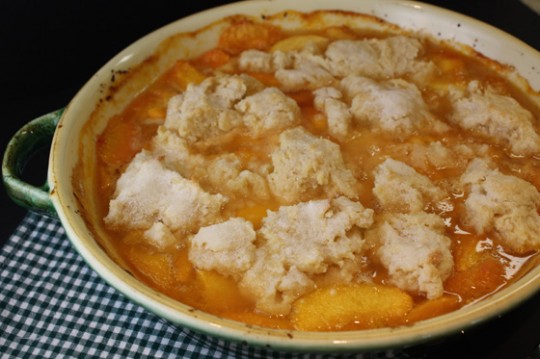 While the peaches were baking I whipped up the biscuit dough. Easy enough to make. The dough is spooned onto the hot peaches, sprinkled with granulated sugar and baked for about 15+ minutes, just until the biscuits were getting golden brown. They sat out for about an hour or so and I served the cobbler warm with the whipped cream. Yum.
While the peaches were baking I whipped up the biscuit dough. Easy enough to make. The dough is spooned onto the hot peaches, sprinkled with granulated sugar and baked for about 15+ minutes, just until the biscuits were getting golden brown. They sat out for about an hour or so and I served the cobbler warm with the whipped cream. Yum.
What’s GOOD: the almond flavoring in the peaches. I really liked that. Also the peaches were at perfect ripeness, so they were exceedingly juice and sweet. I cut down the sugar just a little bit because of that. I really enjoyed the peach whipped cream too. I had Peach Pucker Schnapps in my liquor cupboard (something I’ve had around for about 4-5 years and rarely use) and it worked perfectly in this. But because it’s tart, not sweet, I added some powdered sugar. I also think some Amaretto would be lovely in the whipped cream too, in the event you don’t have any peach brandy (I don’t). Try to eat this up in one sitting (see below).
What’s NOT: we didn’t have tons of left overs, actually because we invited friends to come over for dessert that first night. So, the next night the biscuit part was quite leaden. I had removed them from the peaches and placed them on a piece of plastic wrap, right on top of the peach part so they wouldn’t get any more soggy, but even heating them up in the microwave a little bit they were kind of heavy. The peaches were VERY juicy. I need to remember next time to sprinkle just a little bit of cornstarch in the peaches before they bake. Not that it doesn’t taste good – it does – but I think ripe peaches just tend to juice-up a lot.
printer-friendly PDF – created using Cute PDF Writer, not Adobe
MasterCook 5+ import file – right click to save (remember where), run MC, File|Import
* Exported from MasterCook *
Peach Cobber a la Silver Palate
Recipe By: Adapted slightly from The Silver Palate Cookbook
Serving Size: 8
5 1/2 cups peaches — ripe, peeled and sliced
2/3 cup granulated sugar
1 teaspoon lemon zest — grated
1 tablespoon fresh lemon juice
1/2 teaspoon almond extract — original recipe calls for 1/4 teaspoon
1 1/2 cups all-purpose flour
1 tablespoon baking powder
1 tablespoon sugar
1/2 teaspoon salt
1/3 cup vegetable shortening
1 egg — lightly beaten
1/4 cup milk
2 tablespoons sugar
For a decadent topping:
1 cup heavy cream — chilled
3 tablespoons peach brandy or peach cordial — or more to taste [I used peach pucker schnapps and added some powdered sugar too]
Note: If you don’t have peach brandy, use Amaretto in the whipped cream.
1. Preheat oven to 400°. Butter a 2-quart baking dish.
2. Slice peaches over a different dish or plate, and not over the dish you’ll bake in (you don’t want any more juice than needed). Arrange peaches in baking dish. Sprinkle with 2/3 cup sugar, the lemon zest and juice, and almond extract. If the peaches are very juicy, sprinkle about 2-3 tsp of cornstarch in with the peaches.
3. Bake for 20 minutes.
4. While peaches are baking, sift flour, 1 tablespoon sugar, the baking powder, and salt together into a bowl. Cut in shortening until mixture resembles cornmeal. Combine beaten egg and milk and mix into dry ingredients until just combined.
5. Remove peaches from oven and quickly drop dough by medium-large spoonfuls over surface. Sprinkle with remaining 2 tablespoons sugar. Return to the oven for 15 to 20 minutes, until top is firm and golden brown.
6. Whip cream to soft peaks. Flavor with peach brandy to taste.
7. Serve cobbler warm, accompanied by whipped cream.
Per Serving: 395 Calories; 21g Fat (46.3% calories from fat); 5g Protein; 49g Carbohydrate; 3g Dietary Fiber; 68mg Cholesterol; 340mg Sodium.





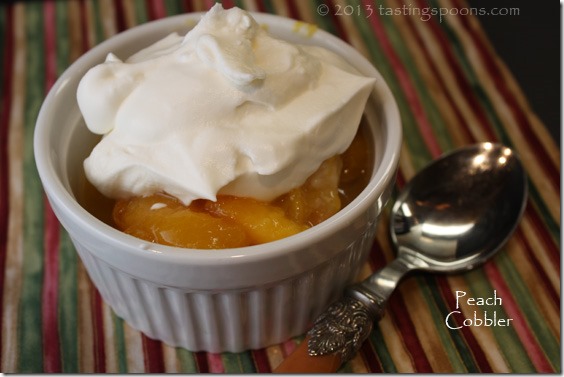

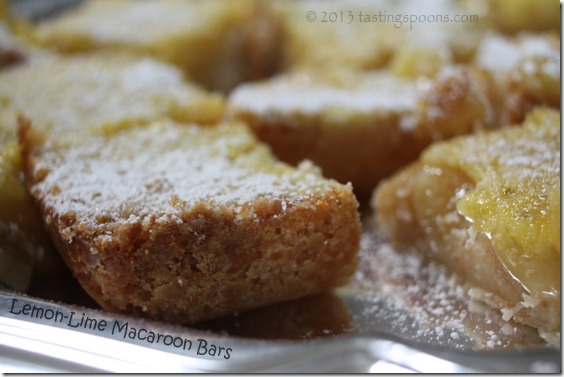
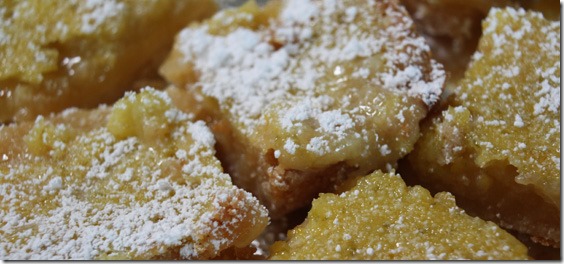
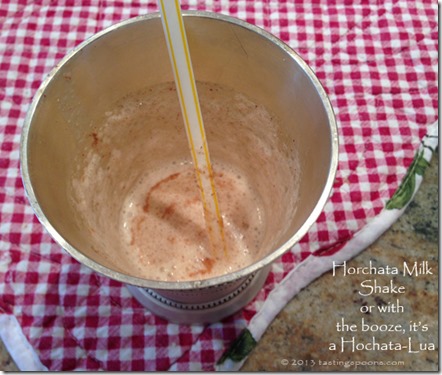
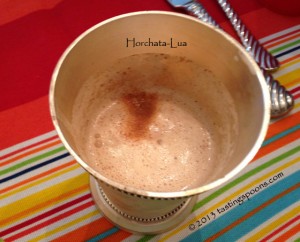
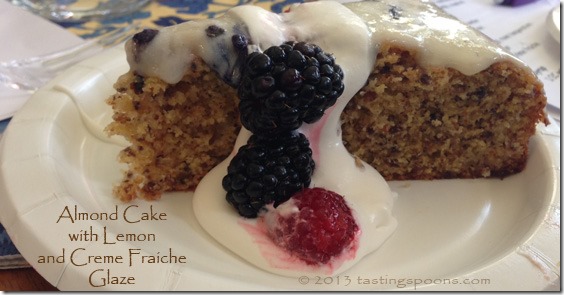
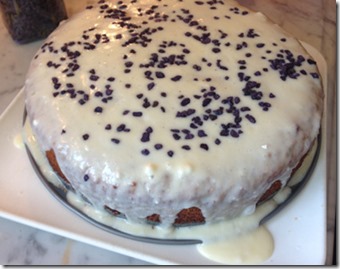
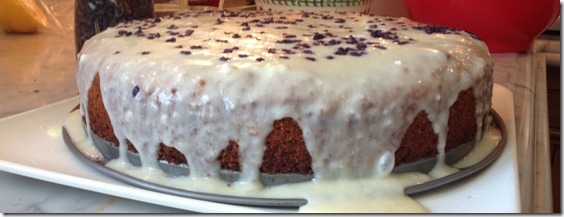
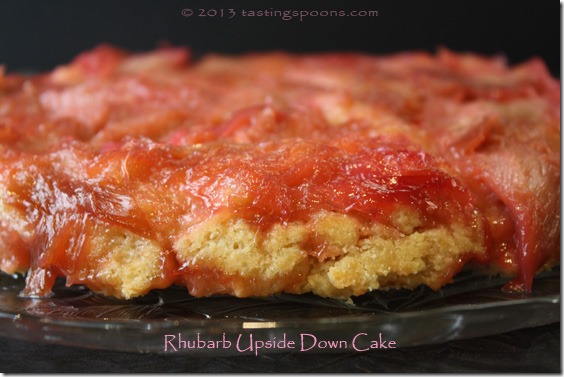
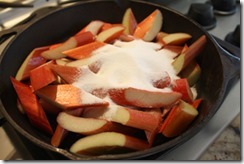
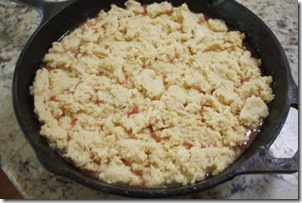
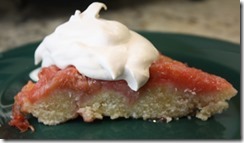
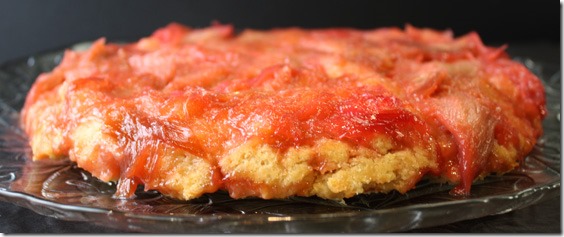
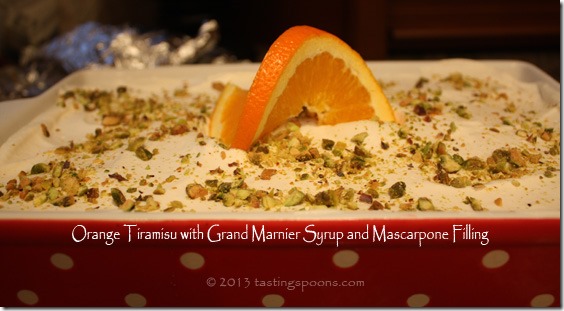
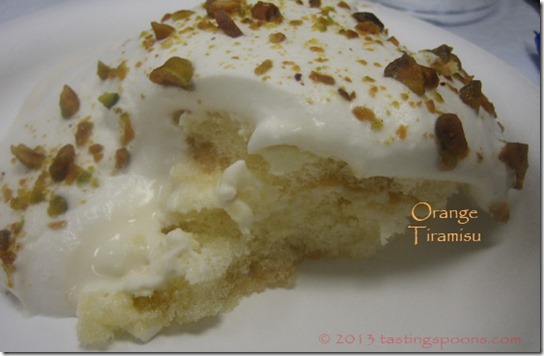
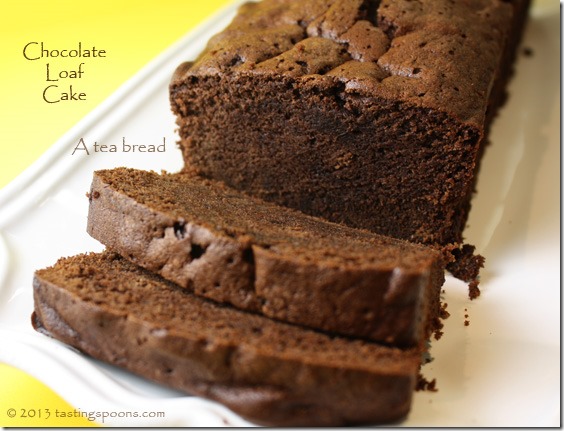
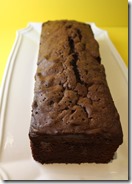
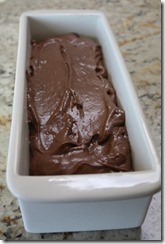
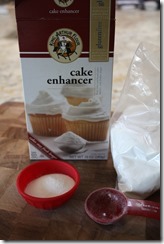
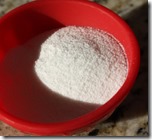
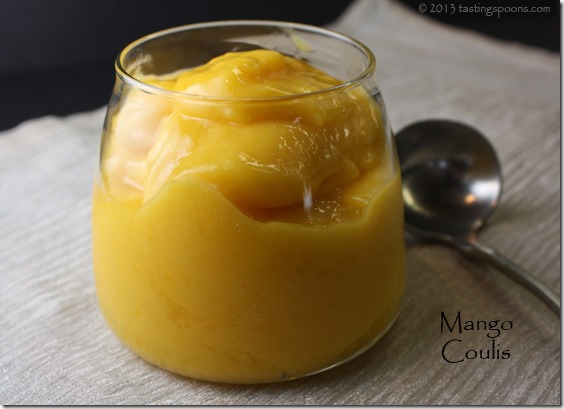
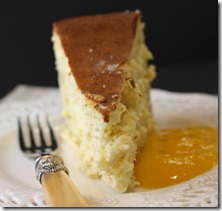
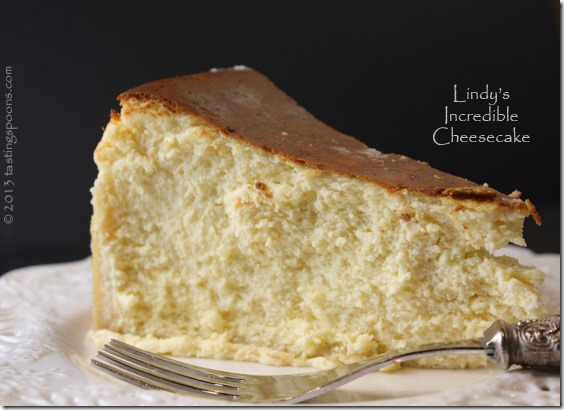
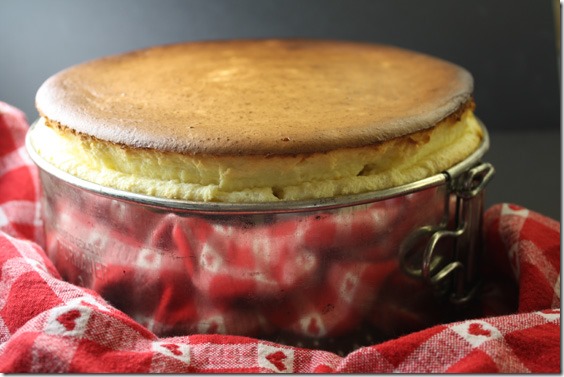
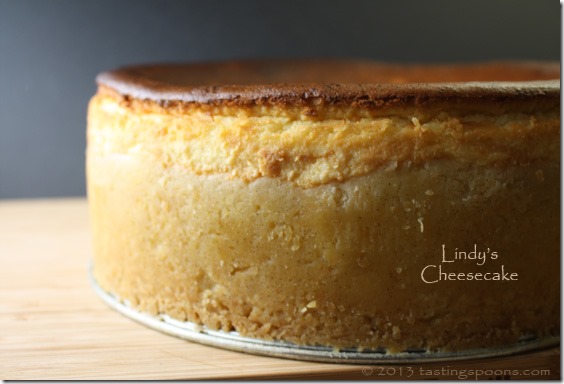
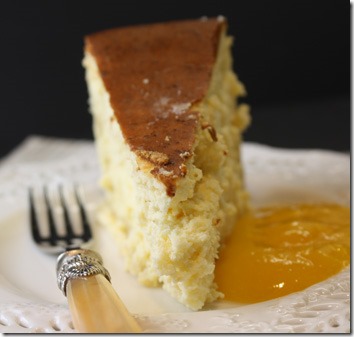
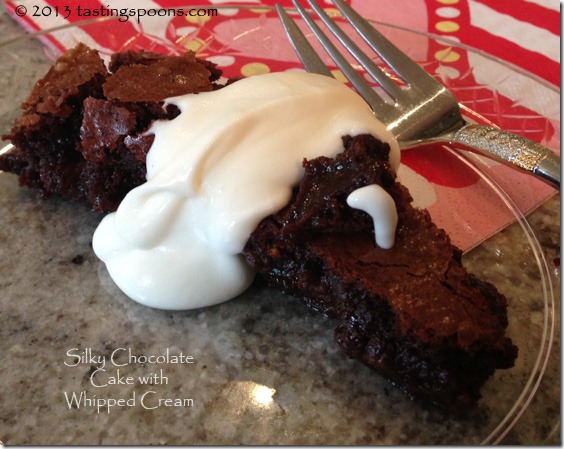
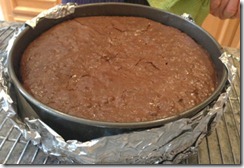
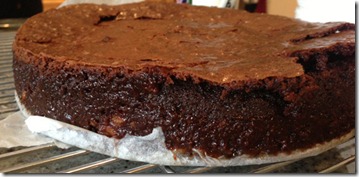
Leave a Comment!